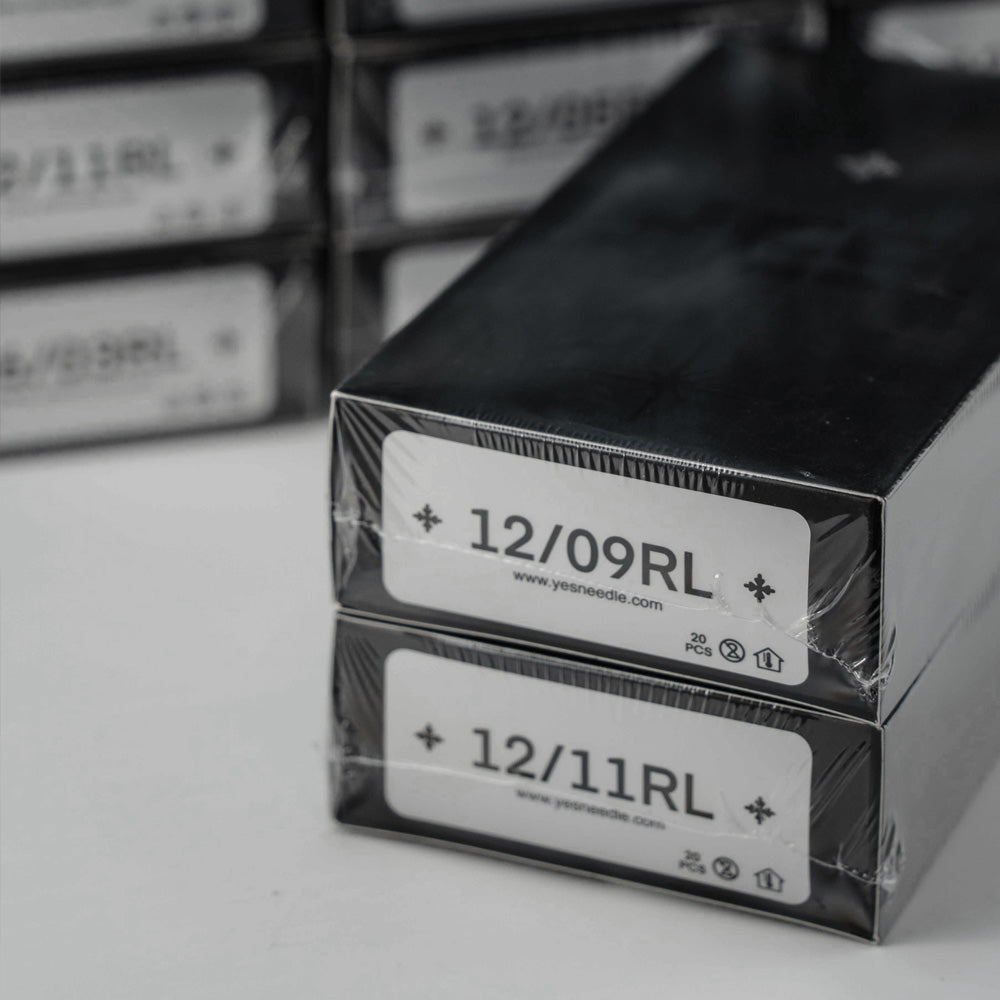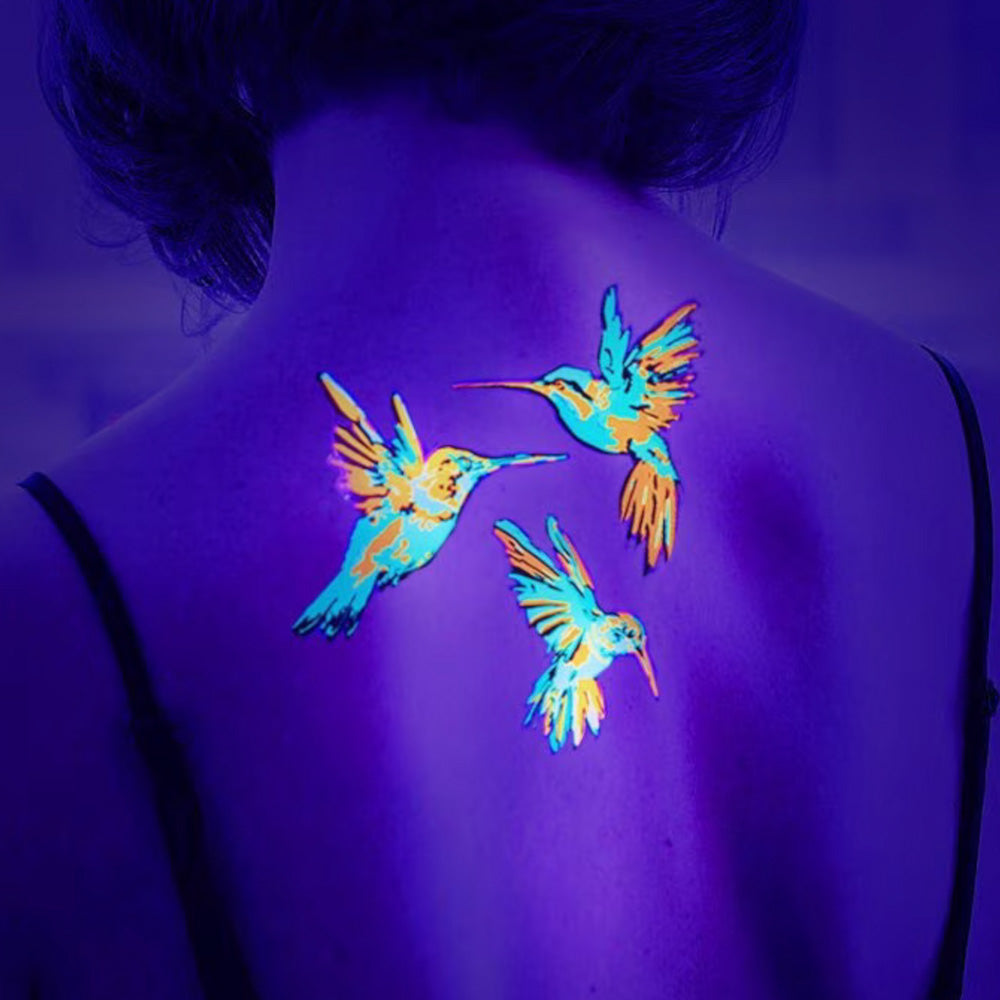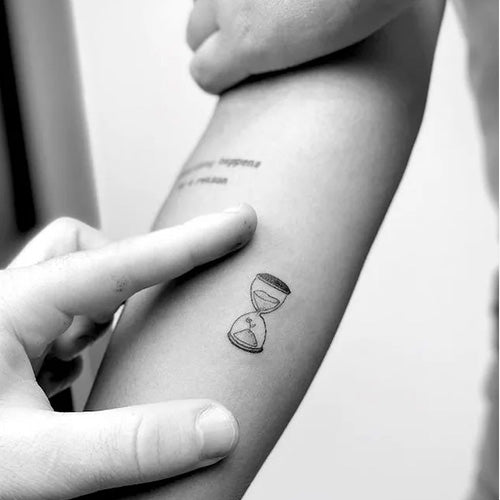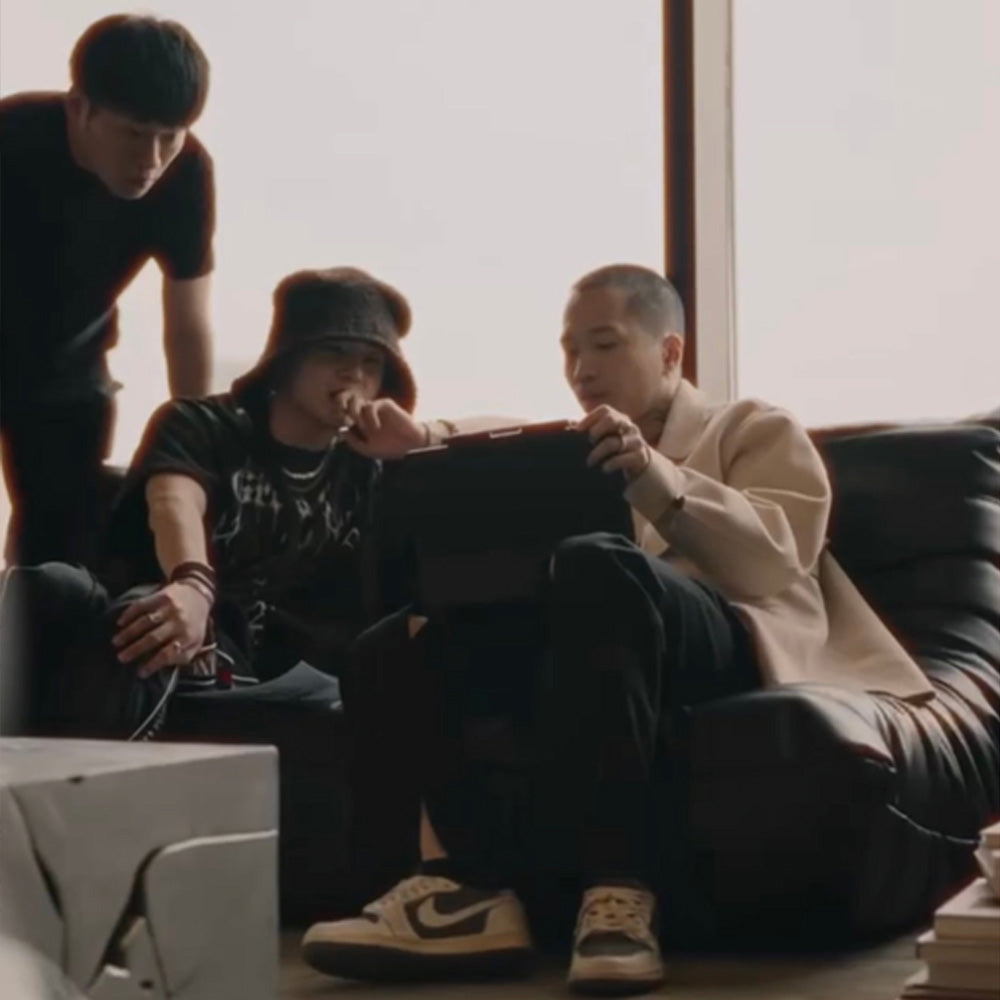¿Qué agujas de tatuar son las mejores para los principiantes? Guía completa para empezar bien
Look, I remember my first time staring at a wall of needle packages, totally confused. The codes, the numbers, the abbreviations—it felt like trying to read a foreign language. And here's the thing: choosing the wrong needles doesn't just make your work harder. It can actually hold back your entire learning curve.
After working with hundreds of aspiring tattoo artists and testing countless needle brands in our studio, I've learned that the right needles make learning 10 times easier.
So let me share what I wish someone had told me when I was starting out. ----just practical advice from someone who's been exactly where you are now.
Understanding Tattoo Needle Basics: The 5-Minute Crash Course
Let's break down the essentials without overwhelming you. Think of tattoo needles like paintbrushes—each type does something specific.
The Three Main Types You Need to Know
Round Liners (RL) These are your go-to for line work and fine details. The needles are arranged in a tight circle, perfect for creating clean, precise lines. When you see someone doing beautiful script or delicate outlines? They're probably using round liners.
Round Shaders (RS) Similar arrangement to liners, but spaced slightly looser. These are your shading workhorses for small to medium areas. Great for blending and creating smooth gradients in tighter spaces.
Magnums (M1/M2) Needles arranged in rows—think of them as your shading and color-packing powerhouses. They cover more surface area, making them ideal for backgrounds, large fill work, and that buttery-smooth shading everyone loves.

Three Key Terms That Actually Matter
Needle Count: The first numbers you see (like "07" in 1207RL) tell you how many individual needles are grouped together. More needles = wider coverage.
Needle Diameter (Gauge): The "12" in 1207RL refers to the needle thickness. #12 gauge (0.35mm) is the industry standard and perfect for beginners. Some brands offer #10 (0.30mm) or #8 (0.25mm) for ultra-fine work, but start with #12.
Taper: This affects ink flow. Long taper (LT) = less ink, better for details. Standard taper = balanced ink flow. As a beginner, stick with standard taper—it's the most forgiving.
The Best Needle Types for Beginners: My Personal Recommendations
Okay, here's where I get specific. After years of teaching beginners, these are the configurations that consistently produce the best results while building proper technique.
Your Essential Starter Set
For Line Work:
1203RL - Ultra-fine details, small text
· When to use: Delicate designs, signatures, tiny lettering
· Yesneedle advantage: Precision-soldered tips eliminate blowouts
1205RL - Standard lines, script work
· When to use: Most outline work, medium-sized lettering
· Why beginners love it: Forgiving enough for shaky hands, precise enough for clean work
1207RL - Bold outlines, traditional work
· When to use: Thick outlines, American Traditional, cover-up foundations
· Pro tip: This is your confidence builder—hard to mess up with this needle
For Shading:
1205RS - Tight area shading, portraits
· When to use: Facial details, small shading sections
· What makes it great: Smooth blending without overworking the skin
1207M1 or 1209M1 - General purpose shading
· When to use: Background work, medium to large area shading
· Beginner-friendly because: Covers ground quickly while staying controllable
For Color Packing:
1209M1 or 1211M1 - Solid fills, vibrant colors
· When to use: Color tattoos, large solid areas
· Key technique: Multiple light passes > one heavy pass

Traditional Needles vs Cartridge Needles: Which Should You Choose?
This is where I'm going to be blunt: if you're a beginner, choose cartridge needles. Here's why.
Traditional Needle Bars: The Old School Way
· Requires manual assembly and adjustment
· Needs practice to set up correctly
· More maintenance and cleaning required
· Best for: Experienced artists who prefer traditional feel
Cartridge Needles: The Modern Standard
· Pre-assembled and ready to use (literally snap and go)
· Consistent performance every single time
· Built-in safety membrane prevents ink backflow
· Easier to maintain machine hygiene
· Best for: Beginners and professionals who value efficiency
Real talk: I spent my first three months fighting with traditional needles, thinking it would make me a "better" artist. You know what it actually did? Wasted my practice time on setup instead of technique.
When I switched to Yesneedle cartridges, I could focus 100% on my hand movement, depth control, and line quality. That's where beginners should be spending their mental energy—not on needle assembly.
Quick Reference Chart
Code | Configuration | Best For |
RL | Round Liner | Outlines, fine details |
RS | Round Shader | Tight area shading |
M1 | Magnum | Shading, color packing |
M2 | Stacked Magnum Heavy shading | Heavy shading |
RM | Round Magnum | Soft shading, blending |
Your First Needle Kit: What to Actually Buy
Alright, let's get practical. Here's the exact needle inventory I recommend for your first 3-6 months of practice.
The Essential Beginner Kit (Under $100)
Liners (10 of each):
· 1203RL
· 1205RL
· 1207RL
Shaders (10 of each):
· 1205RS
· 1207M1 or 1209M1
Total: About 50 needles
Why this works: Covers 90% of practice scenarios without overwhelming you with choices. You'll naturally discover which sizes you prefer as you practice.
Where NOT to Buy Needles
⚠Avoid Amazon and random eBay sellers. Here's why:
Different countries have different "sterile" labeling standards. I've personally seen needles labeled "sterile" that arrived with damaged packaging or questionable expiration dates.
Your client's safety (and your professional reputation) isn't worth saving $10.Buy from authorized tattoo suppliers only.
Common Beginner Mistakes (And How to Avoid Them)
Let me save you from the mistakes I made (and the ones I see students make every week).

Mistake #1: Using Too Small of a Needle for the Job
What happens: You use a 1203RL to try to create a thick outline. You end up going over the same line 4-5 times, traumatizing the skin and causing blowouts.
The fix: Match needle size to line thickness. Want a thick line? Use a 1207RL or 1209RL. One smooth pass beats multiple damaging passes every time.
Mistake #2: Not Replacing Needles Often Enough
What happens: Needles lose sharpness after use. A dull needle drags instead of gliding, causes more trauma, and delivers inconsistent ink.
The fix: One client, one needle. Never reuse needles between clients (obvious, but worth stating). If you're doing a large piece, consider switching to a fresh needle mid-session for consistent performance.
Yesneedle cartridges maintain their sharpness throughout a session better than cheaper brands, but even the best needles have limits.
Mistake #3: Ignoring Needle Depth
What happens: Needle extends too far from the cartridge = going too deep, causing excessive bleeding and blowouts. Too shallow = ink won't stay.
The fix: Proper needle protrusion is 1.5-2mm (about the thickness of a nickel). Most pen machines have adjustment features—learn to use them. Yesneedle cartridges have clear measurement guides molded into the housing to help you dial this in.
Mistake #4: Blaming Yourself When It's the Equipment
What happens: You practice for weeks, feeling like you're not improving, when actually your needles are bouncing, your membrane is leaking, or your needle group is unevenly soldered.
The fix: Trust your tools first. If lines look shaky despite steady hands, test a different needle batch. I wasted months thinking I had terrible line control when really my cheap needles had 0.5mm of lateral play in the cartridge housing.
Since switching to Yesneedle, the only variable is my skill—and that's how it should be.
Why Professional Artists Trust Yesneedle

I want to be transparent: I recommend Yesneedle not because of sponsorship, but because I genuinely use them in my daily work and recommend them to my apprentices.Here's what makes them stand out in a crowded market:
Consistent Quality, Batch After Batch
I've tested needles from 12+ brands. Some are great until you get a bad batch. Yesneedle maintains surgical-grade quality standards with microscopic inspection of every needle tip. When you open package #1 or package #100, the performance is identical.
Designed by Tattoo Artists, for Tattoo Artists
The clear cartridge housing wasn't added because it looks cool—it's there so you can see ink flow in real-time and catch issues before they affect your tattoo. The ergonomic grip texture reduces hand fatigue during long sessions. These details come from artists who actually tattoo.
Safety First, Always
The advanced membrane system isn't just about keeping your machine clean—it's about protecting you from blood-borne pathogens. Every Yesneedle cartridge undergoes EO gas sterilization (the medical industry standard) with documented tracking.
Works With Your Machine
Whether you're using a basic pen machine or a high-end Swiss rotary, Yesneedle cartridges fit standard connections. No adapters, no modifications, no guessing.
The Beginner-Friendly Advantage
Yesneedle offers a "First Artist Kit" specifically designed for beginners—it includes the exact needle configurations I mentioned earlier, plus a visual guide to help you choose the right needle for each technique.
Final Thoughts: Start Right, Progress Faster
Listen, learning to tattoo is hard enough without fighting your equipment. You're going to make mistakes—we all did. The goal is to make learning mistakes (bad angles, inconsistent pressure, timing issues) not equipment mistakes (dull needles, poor ink flow, unstable cartridges).
The best tattoo needles for beginners are ones that:
· Perform consistently so you can build muscle memory
· Are safe and sterile so you can focus on technique, not worry
· Are forgiving enough to handle shaky hands while you develop control
· Give you room to grow without needing to relearn tools later
Yesneedle cartridge needles check all those boxes. They're not the cheapest option (though they're competitively priced), but they're the smartest investment in your development as an artist.
Start with the essential kit I outlined. Practice on synthetic skin until your lines are confident. Then progress to supervised practice on real skin. Trust the process, trust your tools, and don't shortcut on quality.
You've got this. And when you're ready to take that first step, Yesneedle will be there to support your journey from beginner to professional.




